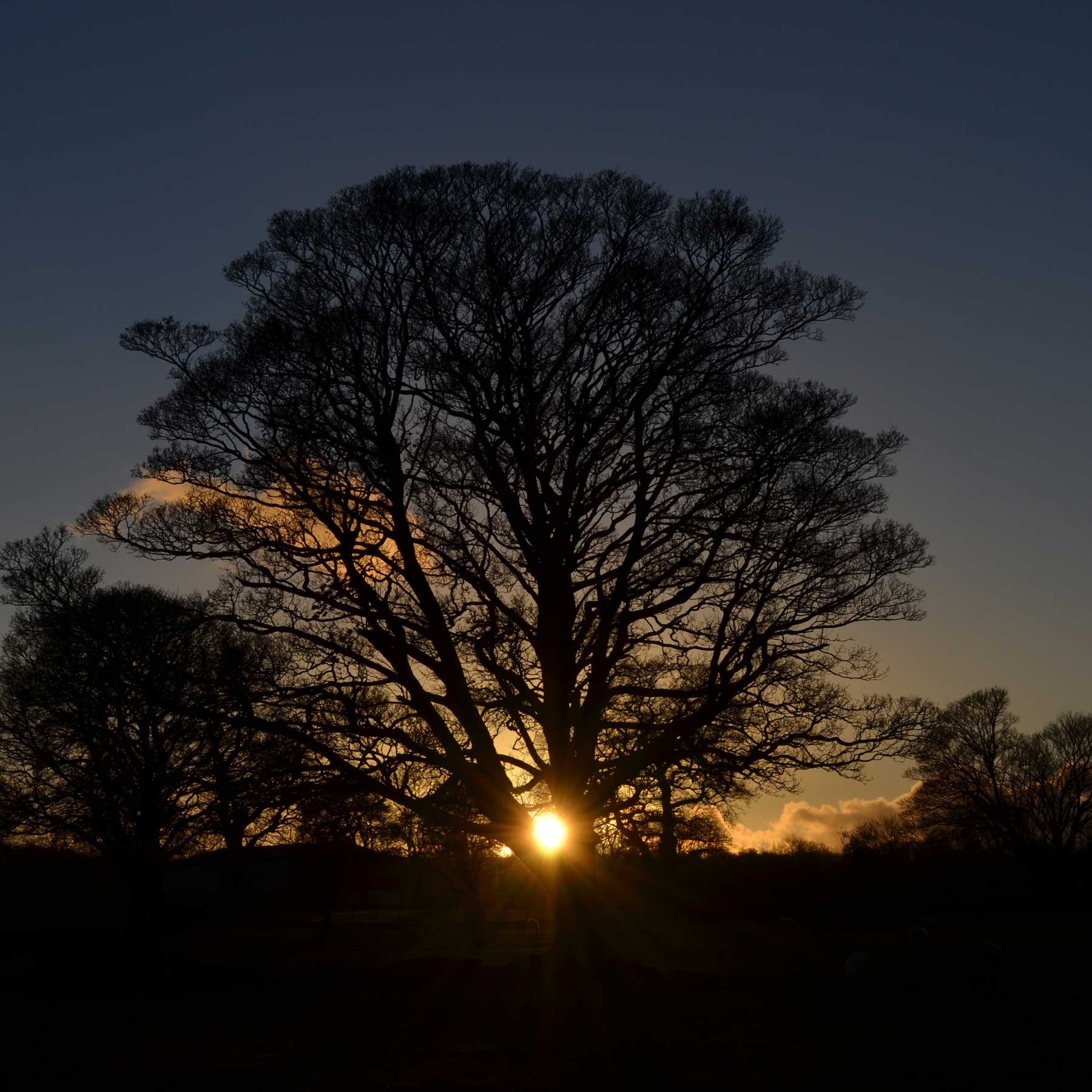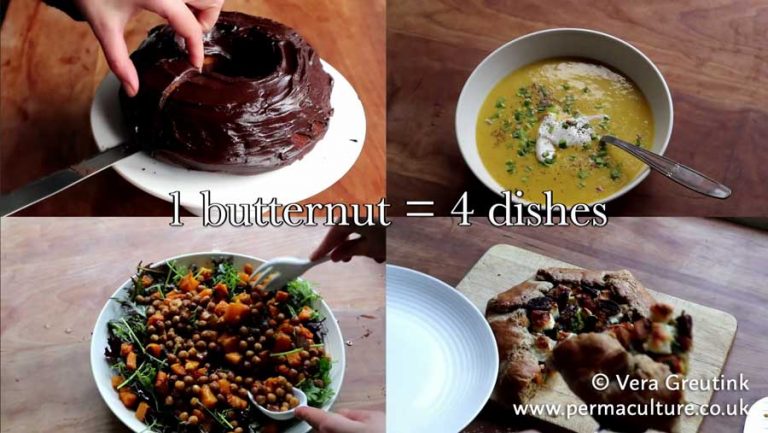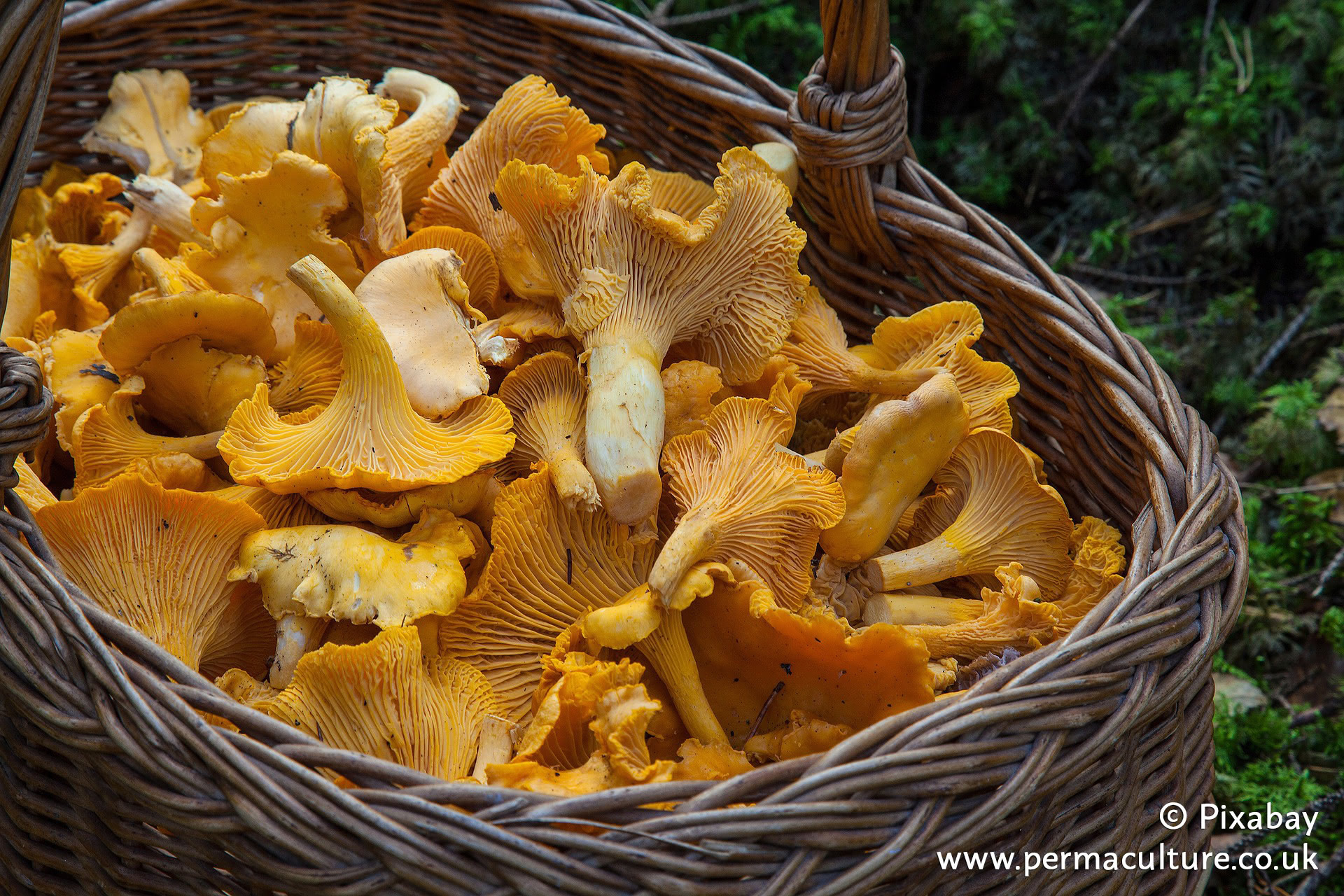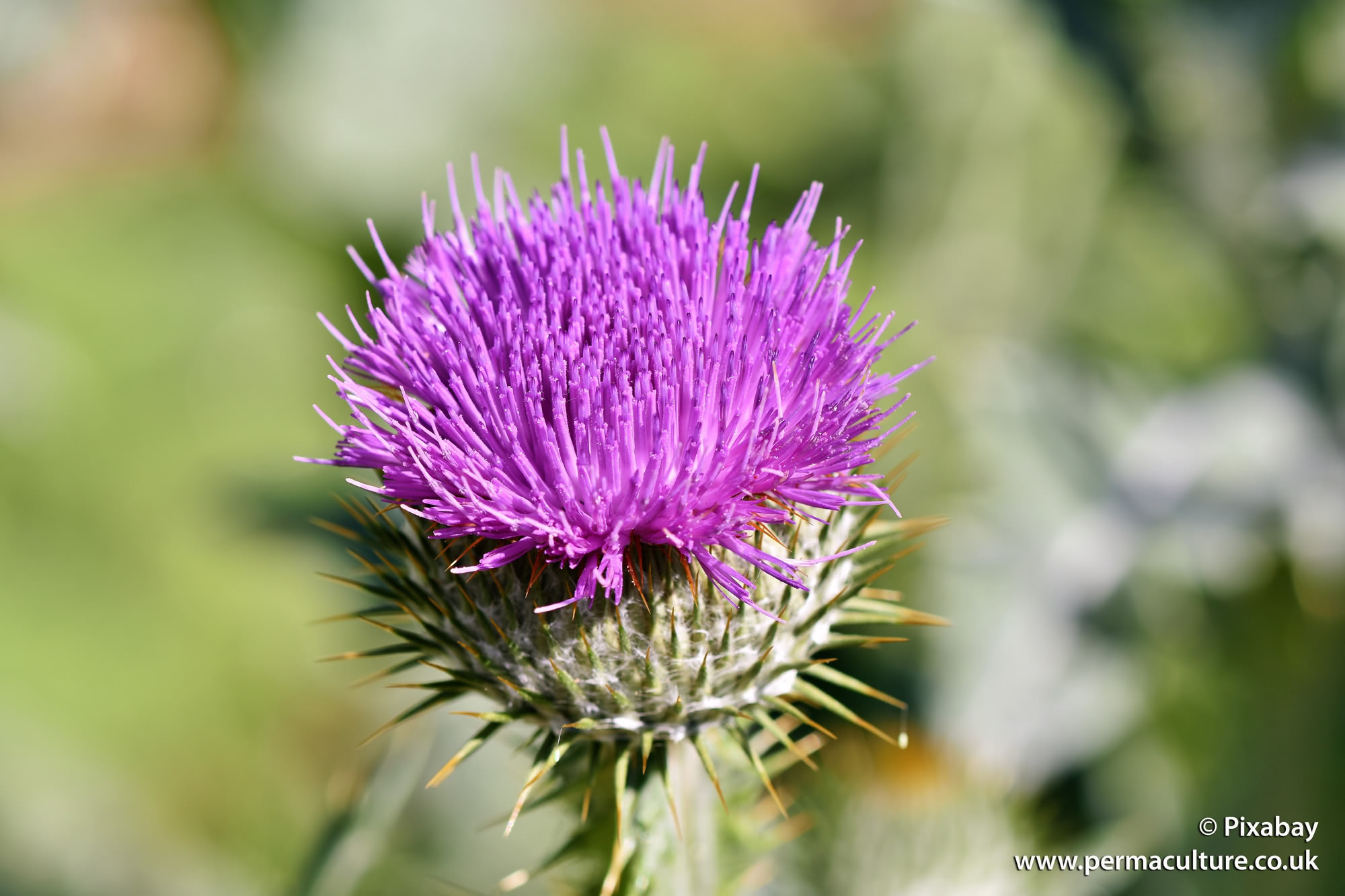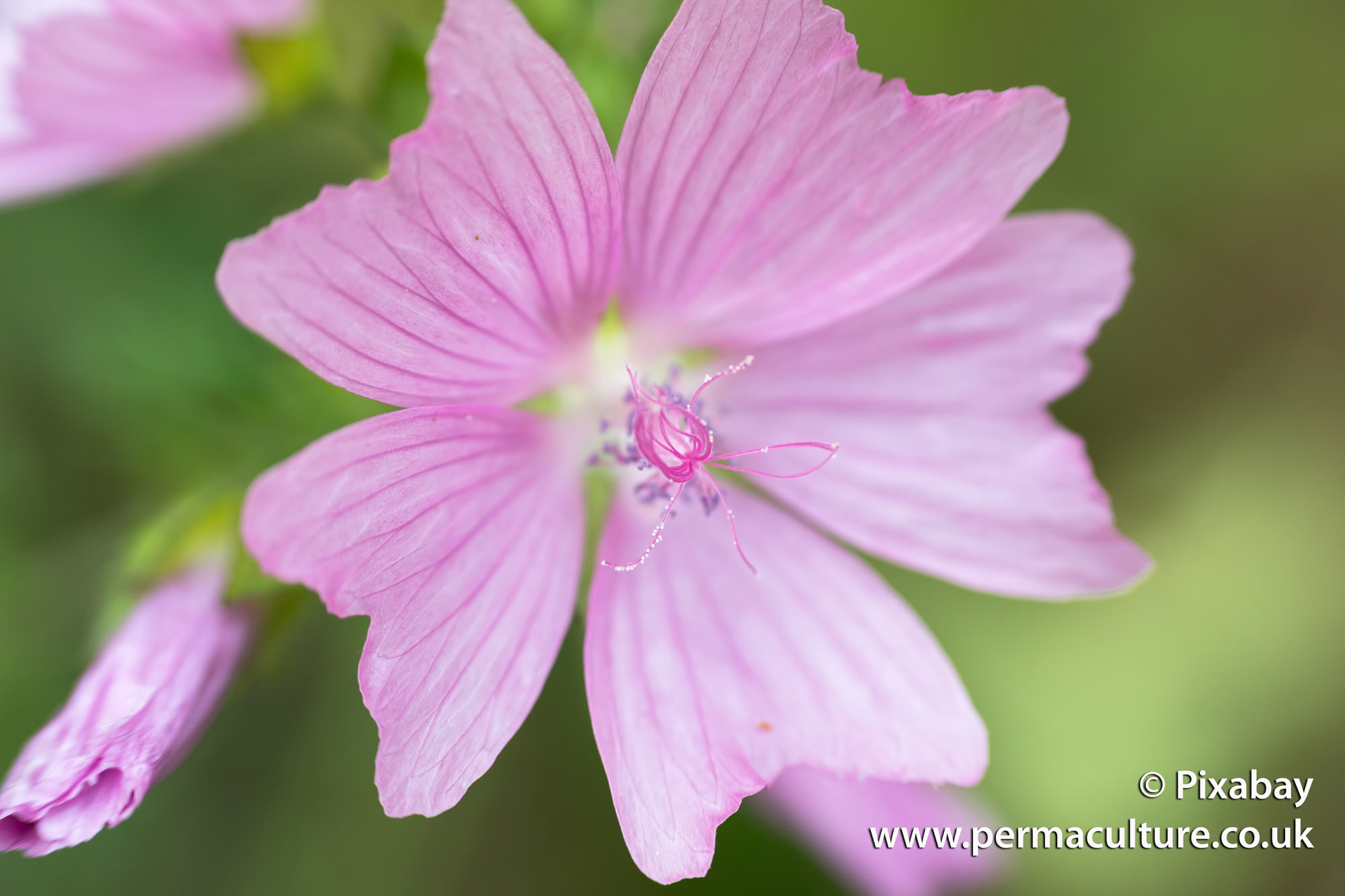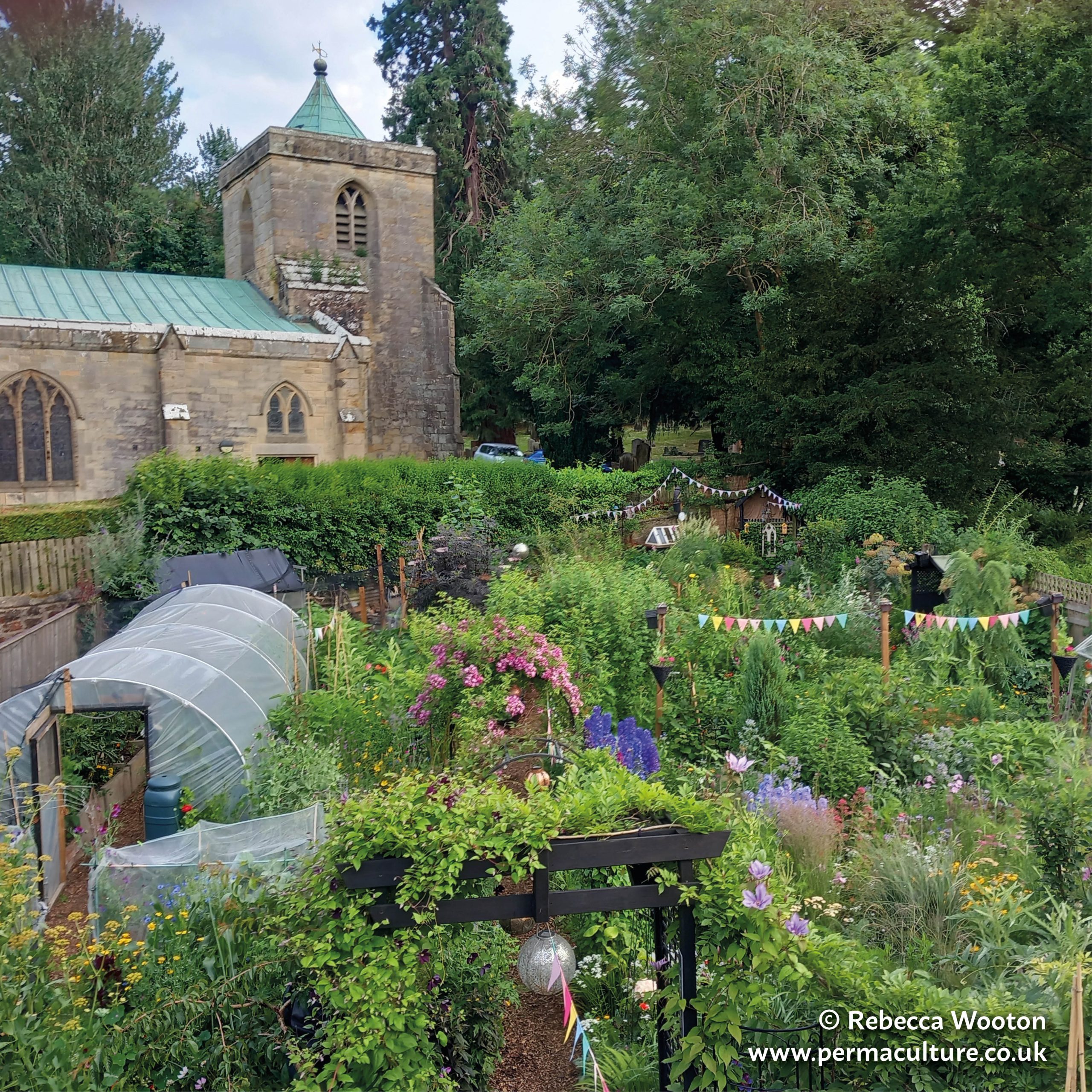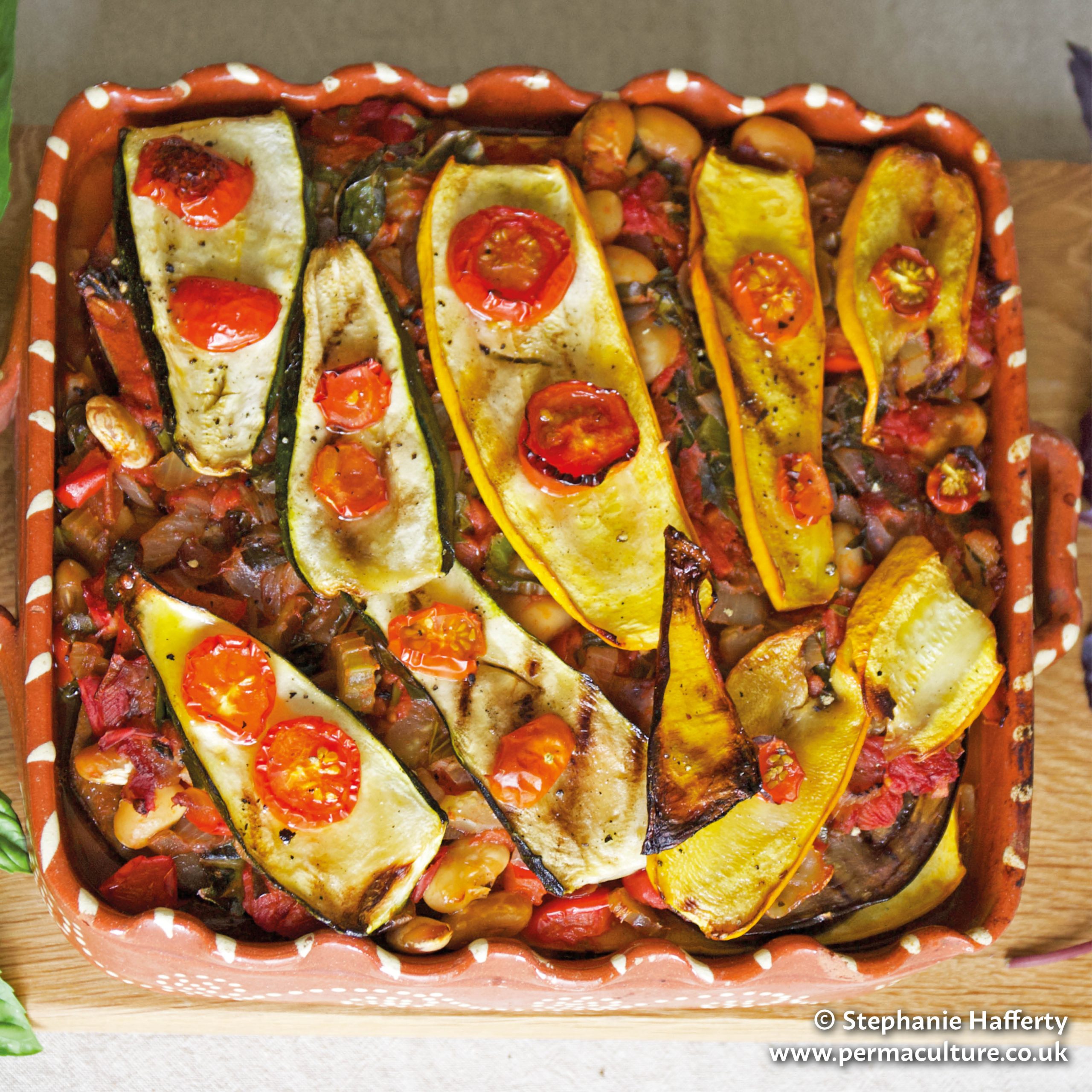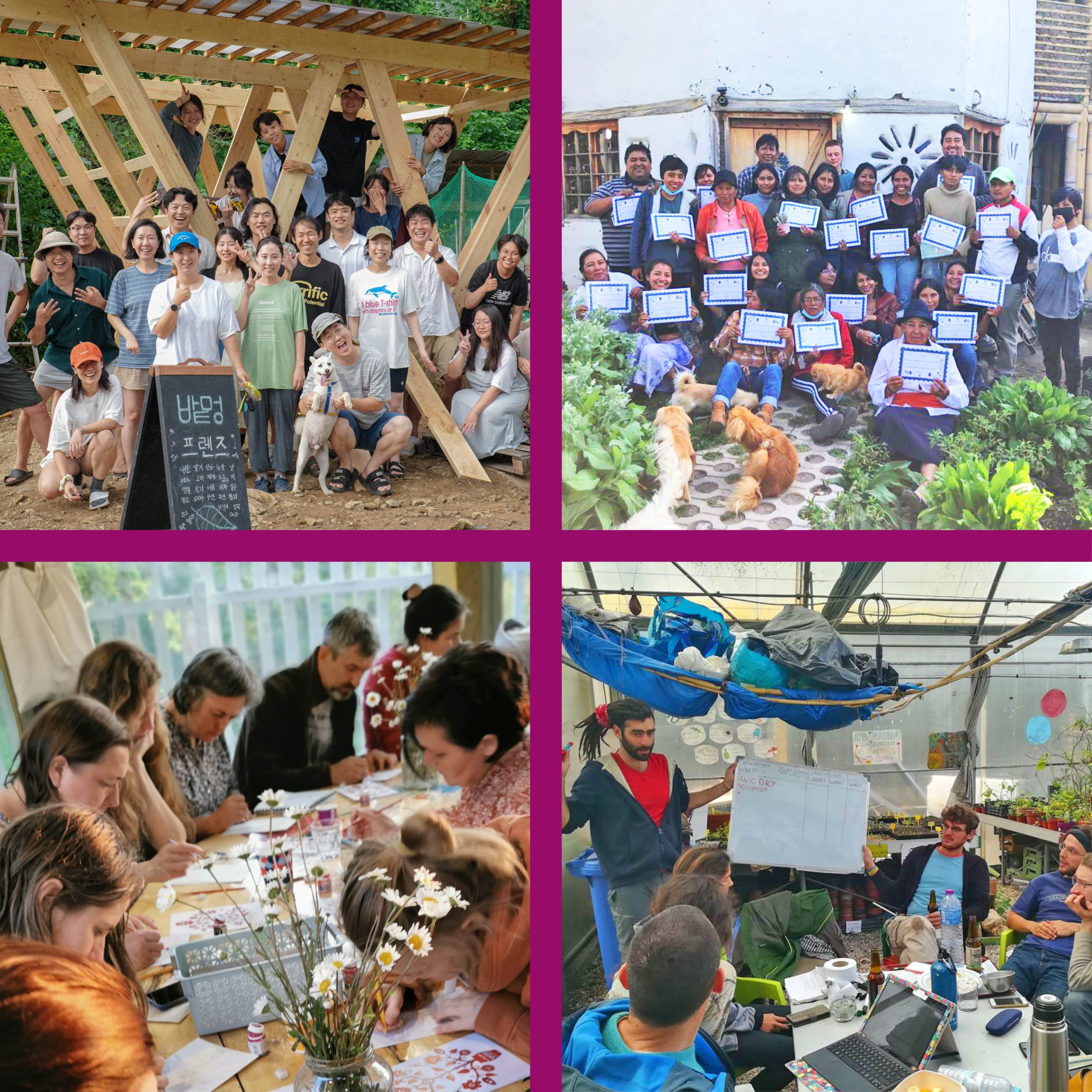The lime tree (Tilia cordata – also known as Linden) grows all over Europe. Despite its size, the lime tree remains relatively inconspicuous until July, when they come into their own. Limeflowers open, and a sweet fragrance fills the air as bees buzz in among their branches. The honey made from lime pollen is especially good, so do try some if you get a chance. You may be surprised to find it has a slightly minty flavour, which is absolutely delicious.
A simple way to try tasting limeflower yourself is by steeping a few sprigs in boiling water to make a tea – a great way to feel its health benefits. In France this is a traditional bedtime drink, enjoyed from childhood onward. It’s likely that the calming effects of limeflower tea have aided healthy hearts more than red wine. It’s a good drink to have if you’re suffering from a cold or flu, as it promotes perspiration. Also known as the linden tree, limes are said to date back 70 million years.
Limeflower is one of the most helpful of skincare plants. It’s skin-conditioning, helps soothe skin and smooth out tiny wrinkles, helps fade freckles and improves circulation. Using limeflowers brings the heart of summer into every day. Known as ‘tilleul’ in perfumery, it is used in many classic scents, helping recall a bright summer’s day.
Flowers and bracts.
Limeflowers bloom and can be gathered for just a few short weeks in July, so do head out and find your local trees while you can. Collect the flowers and the bracts; they’re best when just open and the stamens are full of pollen.
Avoid old flowers when making preparations as they may produce symptoms of mild intoxication.
Clay cleansing masks
Basic face mask:
1 tbsp (15g) clay powder (white, pink, yellow or green for face; don’t use bentonite or rhassoul)
2 tsp (10g) warm water
1 tsp (5g) raw honey (optional)
2 drops essential oil (optional, e.g. lavender)
Mix all ingredients together in a small bowl.
Apply the mask as soon as it’s mixed, avoiding around your eyes. Leave for 15-20 minutes (hydrating periodically by spritzing), then wash off with warm water, dry face and apply a moisturiser. This can be repeated weekly blending a new mix each time.
For all skins:
1 tbsp (15g) clay
2 tsp (10g) lavender and limeflower infusion
1 tsp (5g) witch hazel
Facial steam for blackheads and oily skin:
2 handfuls of yarrow
Put the yarrow into a bowl and pour 2 pints (1.1 litre) boiling water over. Cover the head and bowl with a towel and allow to steam for 10 minutes to cleanse and soften the skin. Wipe your face and splash with cold water to close the pores. Can also add chamomile, nettle, limeflower or salad burnet.
Lime water hair rinse to keep hair soft and in good condition.
Soothing foot bath :
4g limeflowers
2g marshmallow leaves
2g comfrey
1 tbsp (15ml) apple cider vinegar
2 tbsp (30g) arrowroot
Put the herbs in a pan and pour over 3½ pints (2 litres) of water. Bring to the boil, simmer for 5 minutes then cover and allow to cool to a comfortable temperature. Transfer to a suitable bowl for soaking your feet and add the cider vinegar.
Soak your feet while relaxing for half an hour and then dry them meticulously and powder with arrowroot.
—
This is an extract from Laura Pardoe’s Vital Skincare: Natural Healthy Skin in Just 5 Minutes a Day. Chapters include:
More from Laura: Make your own natural cleansers
Natural Skincare Recipes with Horsetail (Equisetum arvense)
Laura is a plantswoman and natural skincare formulator. Now living in the Cotswolds, her time is shared between family, hedgerows, garden, workshops, desk and lab as she blends traditional and modern approaches to bring the skincare benefits of temperate plants to all.

